Xiaomi phones used to be something you’d hunt down through importers or on the grey market, but that’s all changed now. Xiaomi Australia has entered the scene—not as a direct branch from China but as the exclusive official reseller, kind of like a franchise. This means Xiaomi’s cutting-edge tech is now available directly to Aussies, with no middlemen involved.
After dominating with the Redmi series, Xiaomi is taking it up a notch with the highly anticipated launch of the POCO F6 series. This release highlights their commitment to bringing top-notch tech without the premium price tag. The POCO F6 is fully 4G and 5G compatible across Australia, and it even comes with a 2-year local warranty, giving Australians peace of mind as they dive into this tech marvel.
So, let’s cut to the chase and check out one of Xiaomi’s newest offerings—the POCO F6.
Unboxing
Hardware specifications
| Processor |
|
| Storage & RAM |
|
| Dimensions |
|
| Display |
|
| Camera |
|
| Battery & Charging |
|
| Connectivity |
|
| Wireless Networks |
|
| Navigation & Positioning |
|
| NFC | Supported |
POCO F6’s Design
First impressions? The POCO F6’s weight caught my attention—it’s just under 180g, which is light considering its powerful processor. The rounded frame edges give it a comfortable grip. While it uses a plastic frame to keep costs down, the internals are reinforced with high-strength aluminium and additional metal in the corners, making it surprisingly durable.
Now, let’s talk about the camera design. The POCO F6 features a dual-ring camera module with a circular LED flash on the side. The main camera supports Optical Image Stabilisation (OIS) for better low-light performance. The camera setup includes a 50MP main lens and an 8MP ultra-wide lens—pretty standard for a mid-range phone. The 20MP front camera is more than capable for most selfie needs.
On the display side, the POCO F6 packs a 6.67-inch OLED screen with a 1.5K resolution (2712×1220), 120Hz refresh rate, and 2160Hz touch sampling rate, making it incredibly responsive. Xiaomi’s added their in-house dynamic display tech too, supporting 100% P3 colour gamut and 12-bit depth for vivid, accurate colours.
Xiaomi’s HyperOS (formerly MIUI)
Xiaomi’s custom Android system, HyperOS (previously MIUI), might be new to some Aussie consumers, but it’s a well-developed and highly customisable system, much like Samsung’s One UI. HyperOS offers loads of options for personalisation, and one standout feature is the ability to customise the lock screen.
This feature was a time sink for me—I spent as much time on it as I did testing the camera! You can select your own photos, and the lock screen feels more playful and unique compared to phones running stock Android.
One cool thing about POCO F6 is that it offers two app stores: the familiar Google Play Store and Xiaomi’s own. While I stick to Google Play, the option is a nice touch for those who prefer privacy over convenience. I’ve got a mate who’s all about privacy and avoids Google services, so for him, this variety is perfect.
The POCO F6 is a Beast
The POCO F6 is powered by the Qualcomm Snapdragon 8s Gen 3 processor. While it’s not quite the flagship 8 Gen 3, the 8s Gen 3 balances performance with affordability, making it a solid choice for a mid-range device.
The POCO F6 handles any task with ease. In terms of performance, the POCO F6 is on par with the Samsung S24, which runs their in-house Exynos 2400 for the Australian model, and its battery capacity is 25% larger! It’s hard to believe that a mid-range phone can achieve such high performance while maintaining cost control. For Netflix users who need to stream HD content, it supports Widevine Level 1 on a hardware level, ensuring DRM security. This is Google’s requirement for the highest video resolution a device can stream. I’ve personally experienced issues with some Redmi phones purchased overseas, where Netflix would only stream at 480p, simply because those models didn’t support Widevine L1.
The POCO F6 provides near-full band coverage for both 4G and 5G networks in Australia. On the 4G side, the supported bands include B1, B3, B7, B8, B28a, and B40. As for 5G, it supports bands n5, n28a, n40, and n78. The only missing 5G band is n257 mmWave, which doesn’t surprise me. Very few phones support this band; the only phone that’s available to Australian consumers supporting mmWave is the Pixel 9 Pro Fold. And you won’t even find it on any other phone that’s released in the Australian market, including Samsung and Apple’s iPhone.
I don’t usually game on my phone, but I tested Diablo Immortal and Genshin Impact on the POCO F6, and both ran smoothly on the highest settings. The back of the phone did warm up, but nothing unexpected for intense gaming sessions.
The POCO F6’s gaming mode is super handy—you can open other apps like a browser or messaging without leaving your game. There’s even a voice changer for live-streamers, though it’s more of a fun gimmick than a serious feature.
“As expected” camera performance
Let’s be real—mid-range phones don’t typically excel in the camera department, and the POCO F6 is no exception. The camera is fine, but don’t expect mind-blowing results, especially in low light. On-screen, photos look decent, but on a larger display, you’ll notice some detail loss in darker shots.
The upside? The POCO F6 has OIS, which is great news for people who aren’t expert photographers. It means you can still get decent shots without a steady hand. I was impressed by how fast the camera captures images, even in rapid succession. This makes it a standout for action shots, and its performance rivals even some flagship phones.
The ultra-wide camera won’t wow you, but as long as you’ve got decent lighting, the results are more than acceptable for everyday snaps.
Great battery life and fast charging
Starting in 2024, many flagship phones have pushed for larger 5500mAh batteries, but the POCO F6 sticks to a 5000mAh battery with 90W fast charging. The battery life is solid, thanks to the energy-efficient Snapdragon’s new 8 series chip. In my typical usage—social media, browsing, and a bit of casual gaming—it easily lasted a full day, with about 60% battery left by evening.
For charging, I ran an extreme test, draining the battery to 0% and then charging it up. It took less than 50 minutes to fully charge, which is respectable, but keep in mind I forgot to remove the case, which might have affected heat dissipation. Normally, the F6 should fully charge in under 40 minutes.
Pros and Cons
The good
- Powerful 8s Gen 3 processor
- Excellent display with HDR10+ and Dolby Vision
- Reasonably priced
- Great network coverage in Australia
- Comes with a fast charger, a pre-applied screen protector and a free silicone case in the box
The bad
- Ads in HyperOS, however, can be turned off
- An average ultrawide camera
- No eSIM – an important feature for some users
- Pre-installed apps – most of them uninstallable
Final thoughts
Overall, the POCO F6’s performance is the star of the show. You don’t usually get flagship-level processors in mid-range phones, but Xiaomi has pulled it off here. The Snapdragon 8s Gen 3 is the real deal, offering high-end gaming and multitasking at a price point that stands out from the competition.
Of course, Xiaomi had to balance things out—so while they spent big on the processor, other areas like the camera and build materials are a bit more modest. But if performance is your priority, the POCO F6 delivers smooth gameplay and future-proofed tech for just $699.
The POCO F6 is available in Black, Green, and Titanium, in an 8GB+256GB variant for the Australian consumer market. There’s even a promo on right now—grab it for $649 through their official site www.xiaomitech.com.au. For its price, large battery, weight (just 179g!), and top-notch performance, this is one of the best-value phones on the market.
Disclosure Statement
Xiaomi did not request the return of the phone after the completion of review.

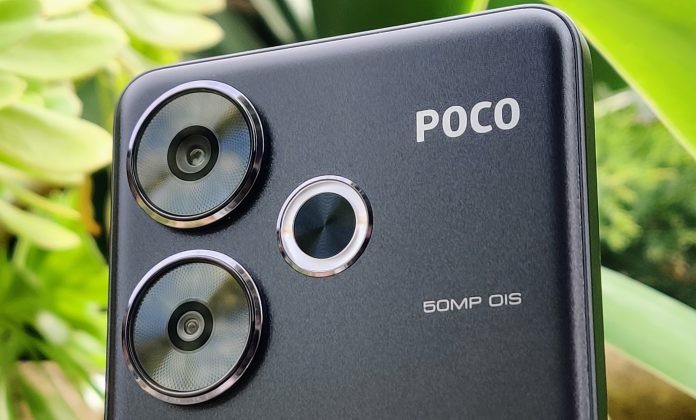

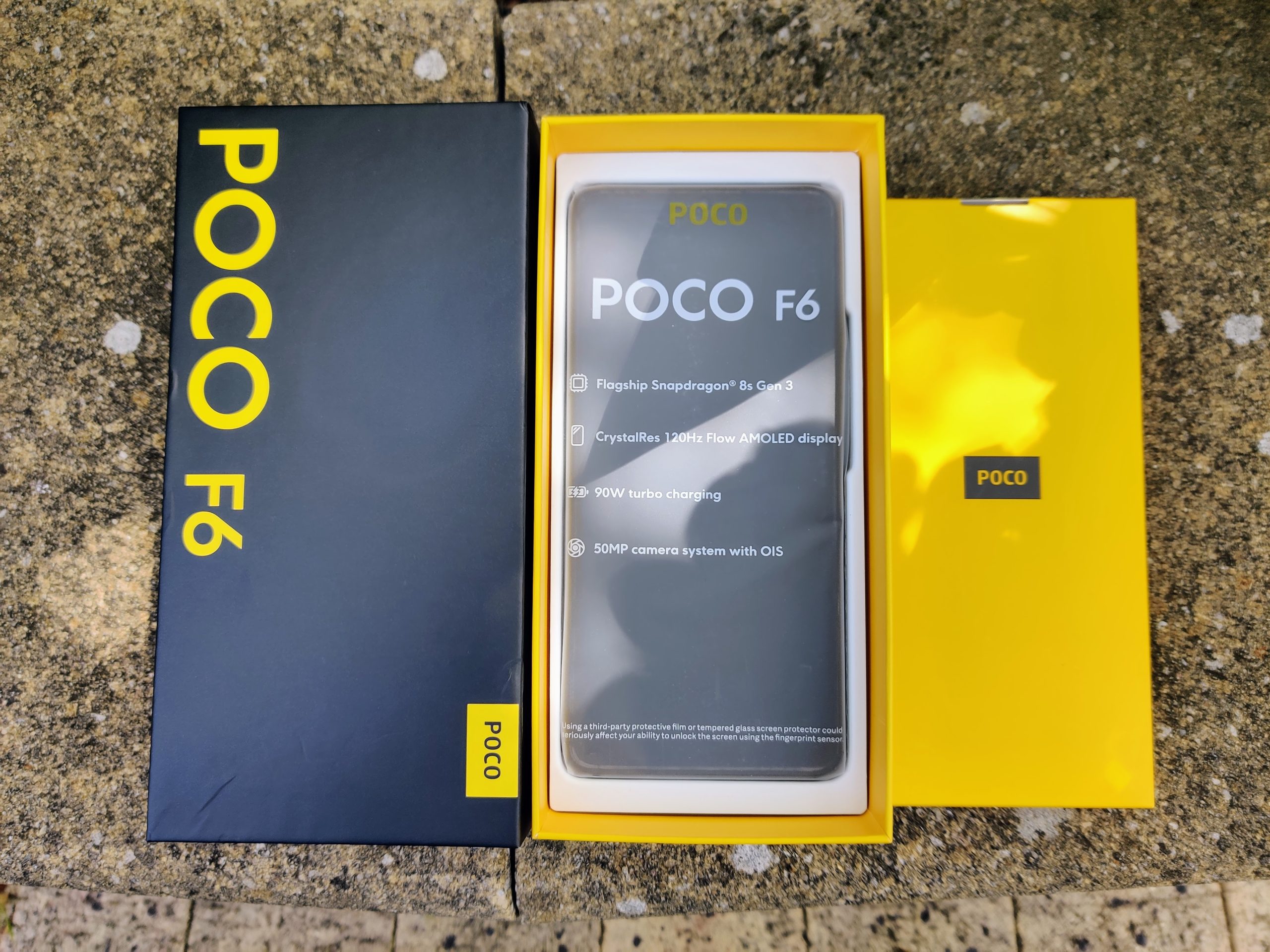
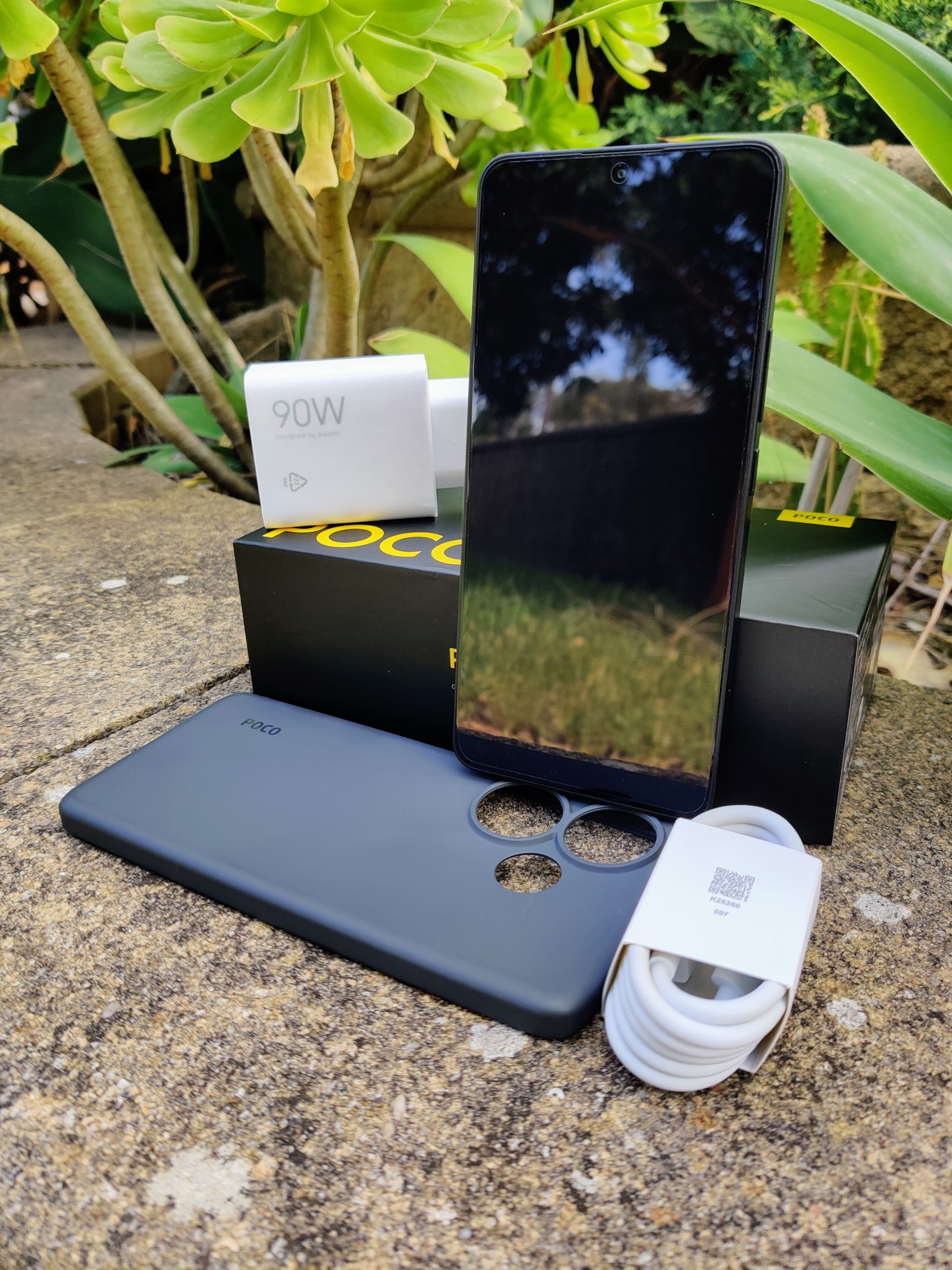

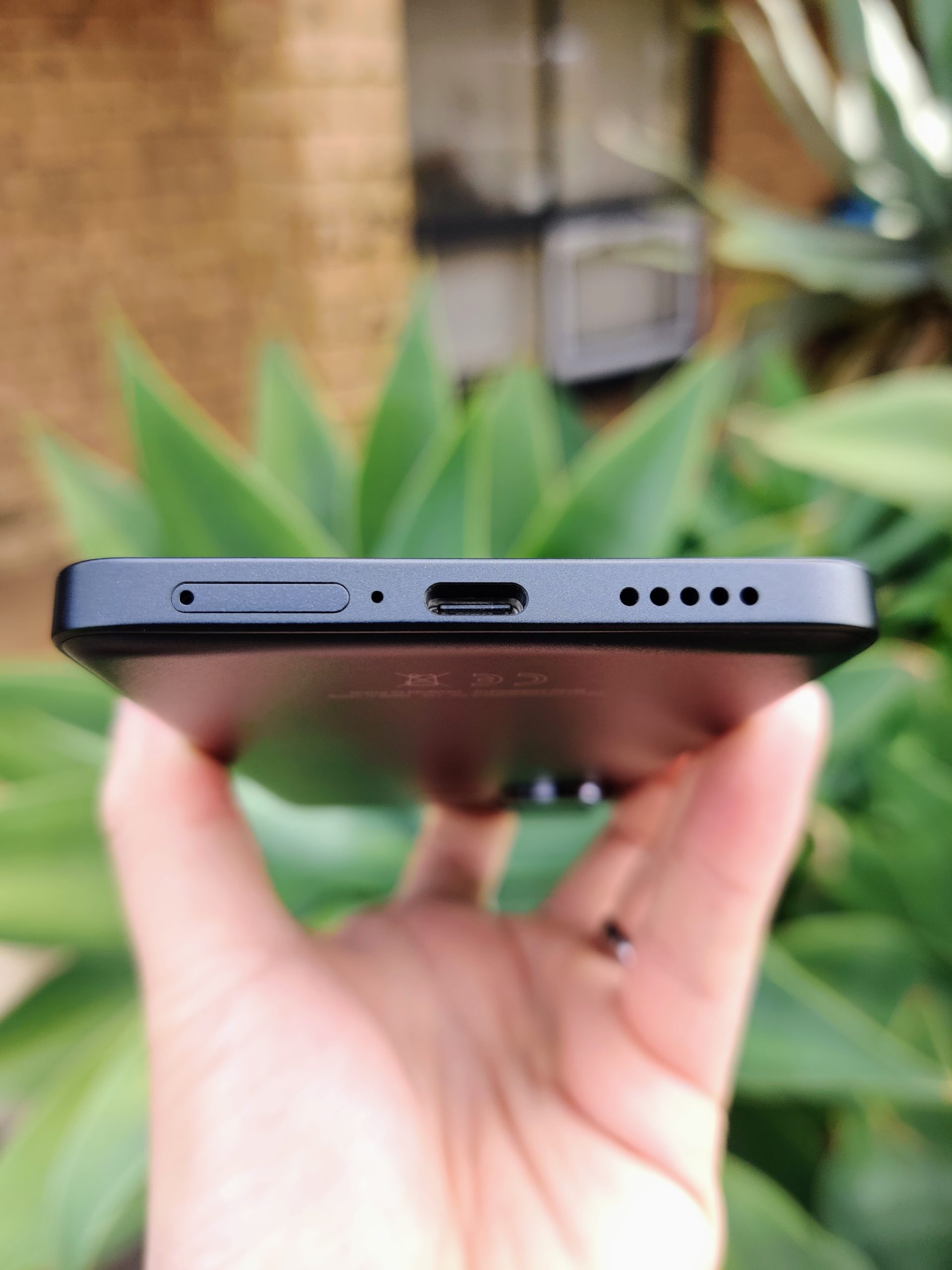
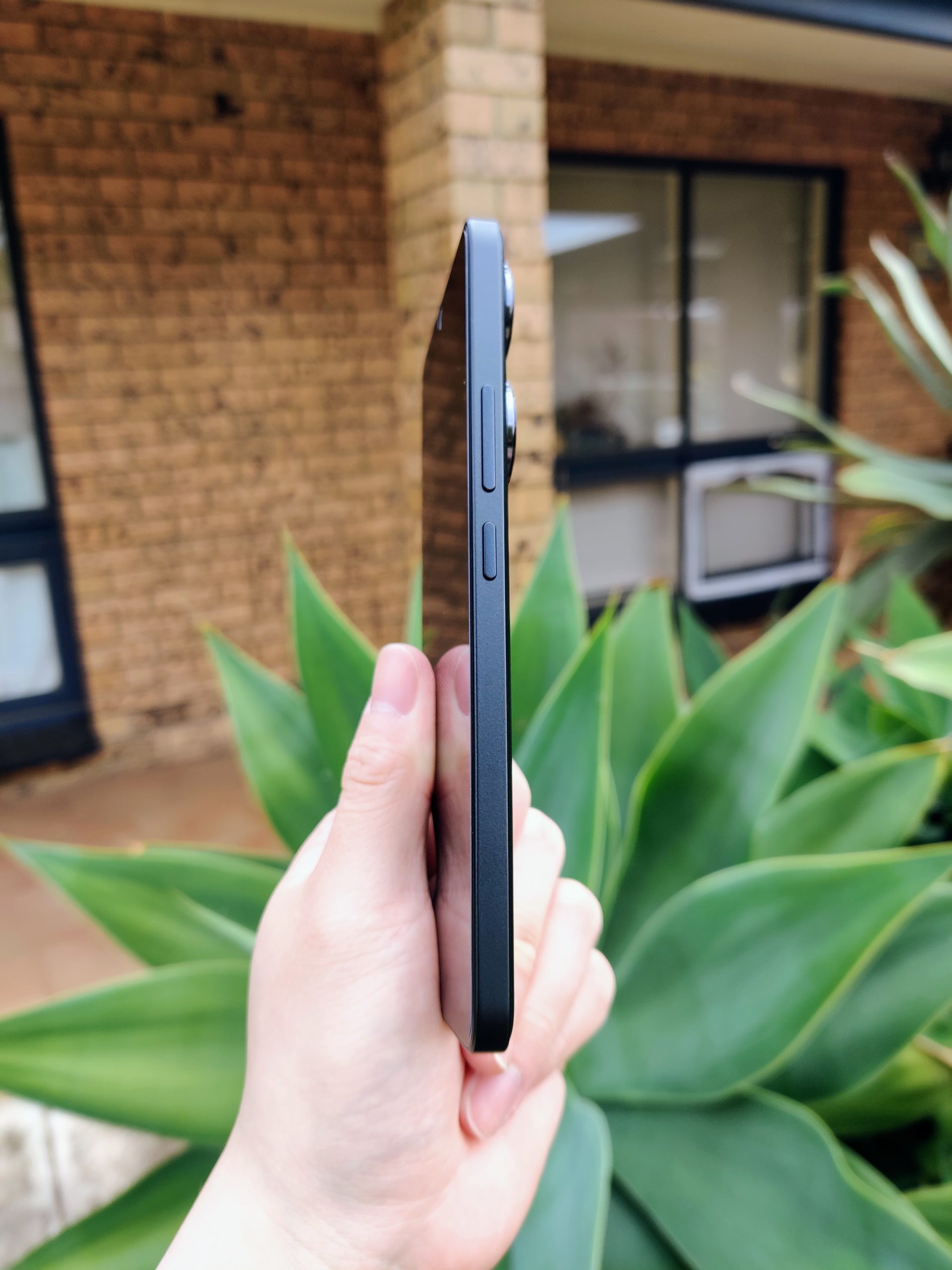

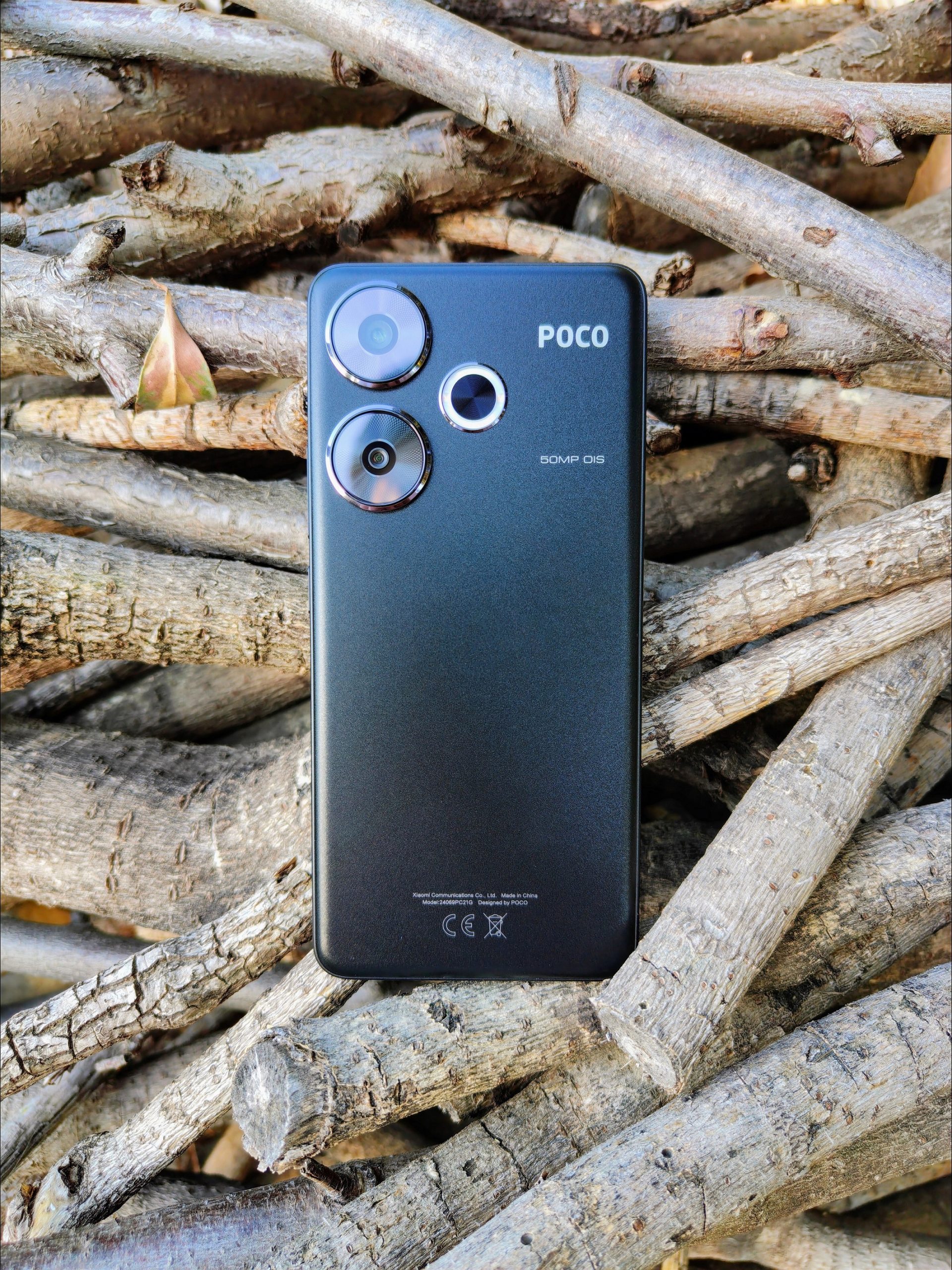
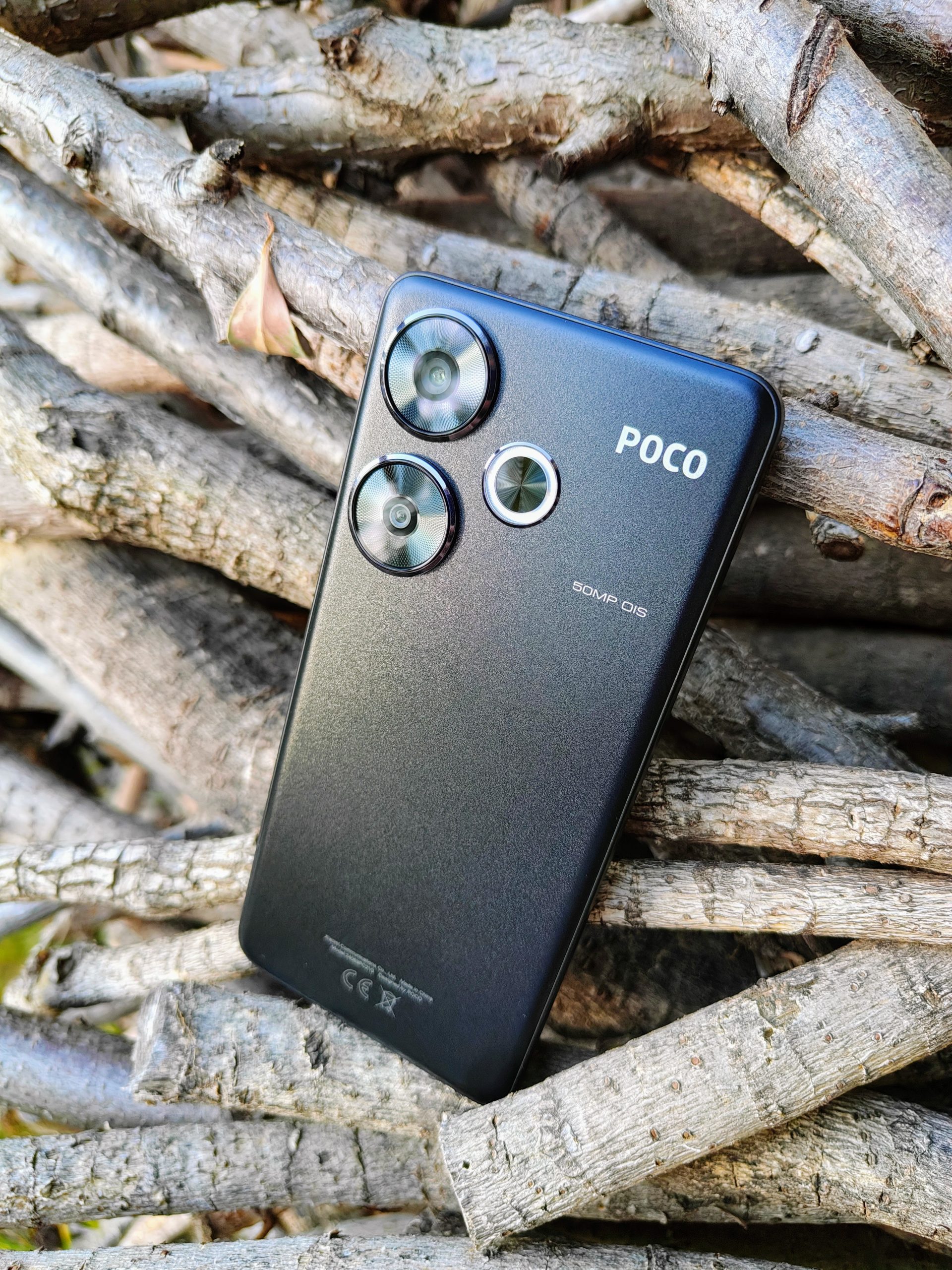

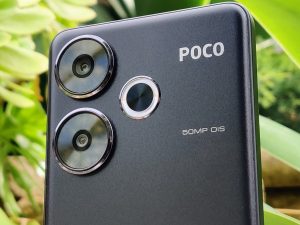

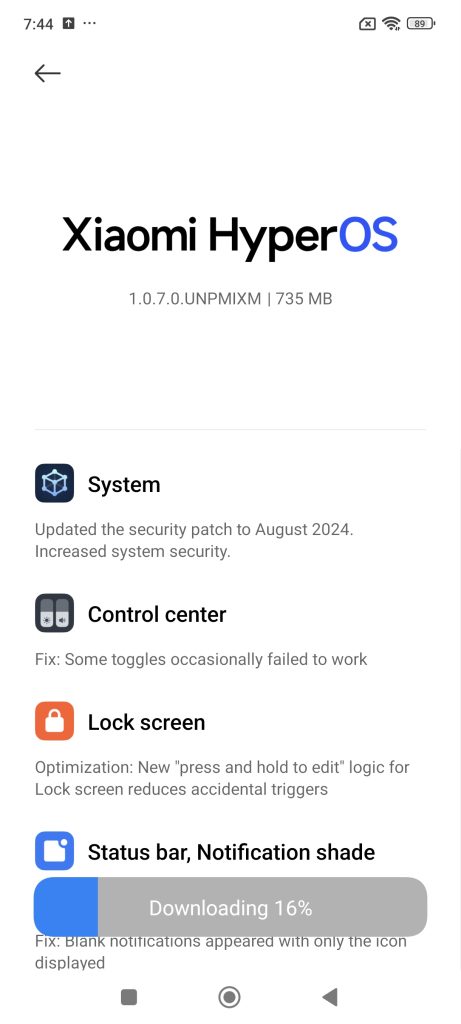
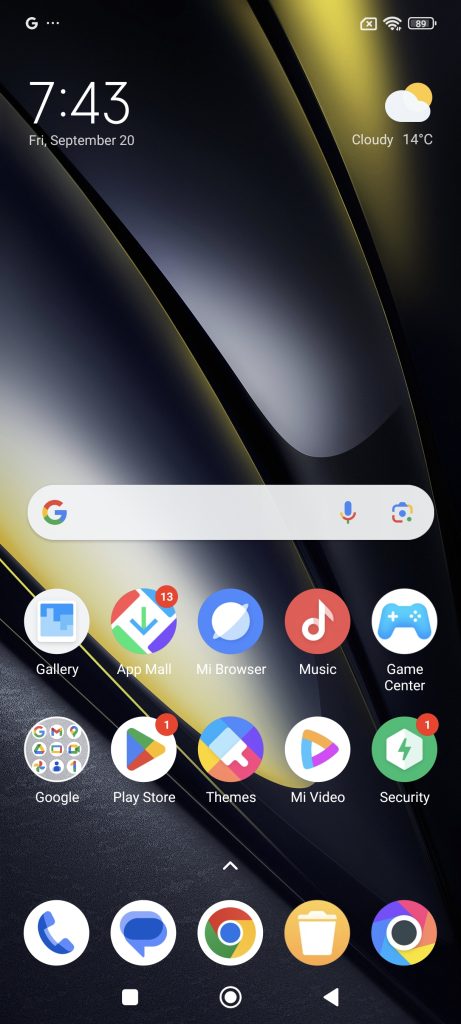
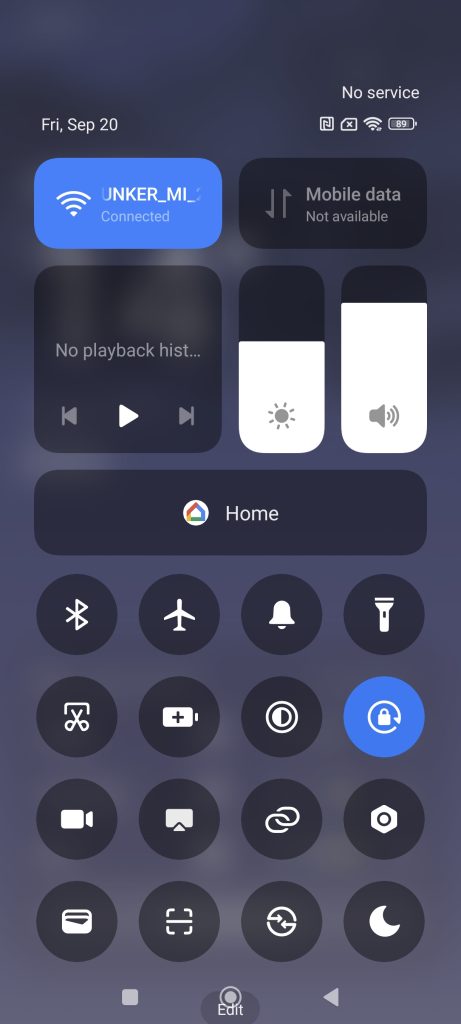
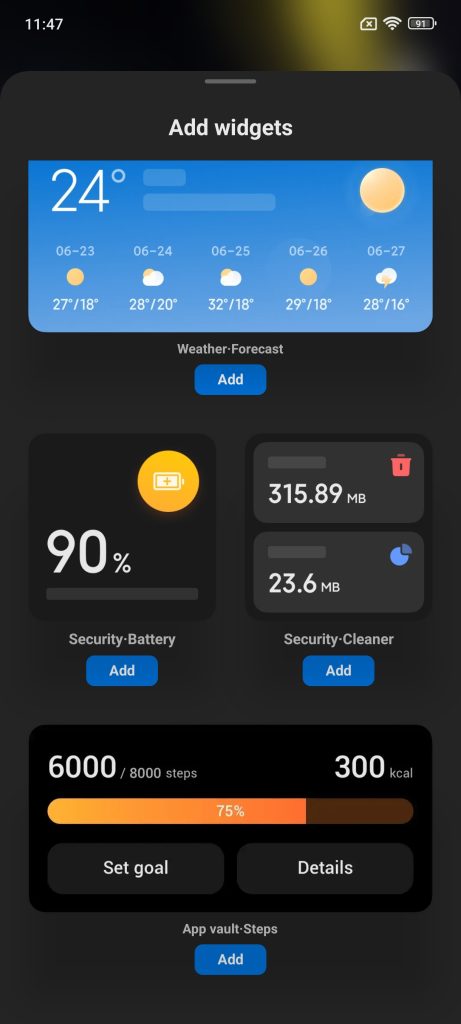





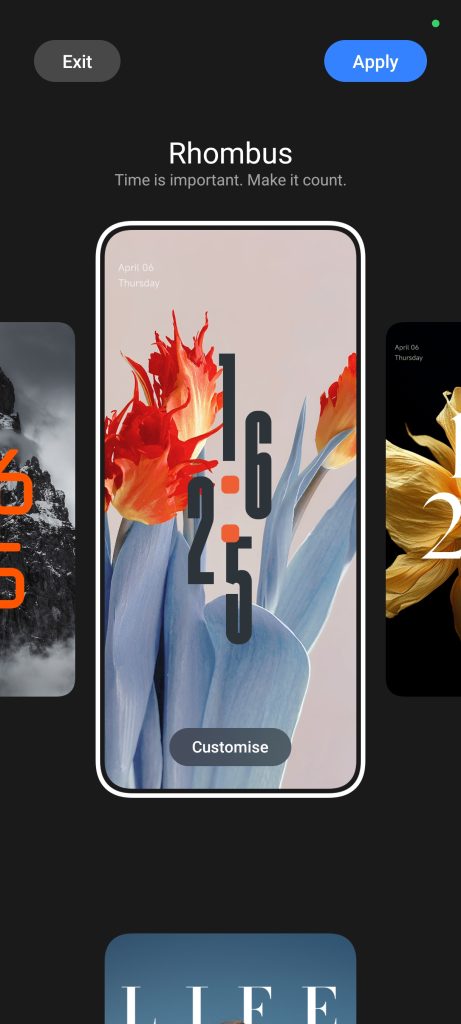
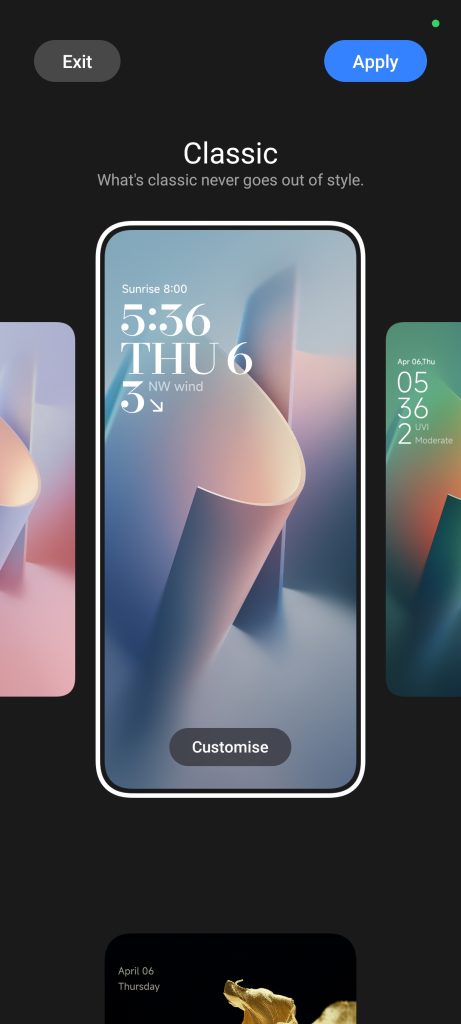
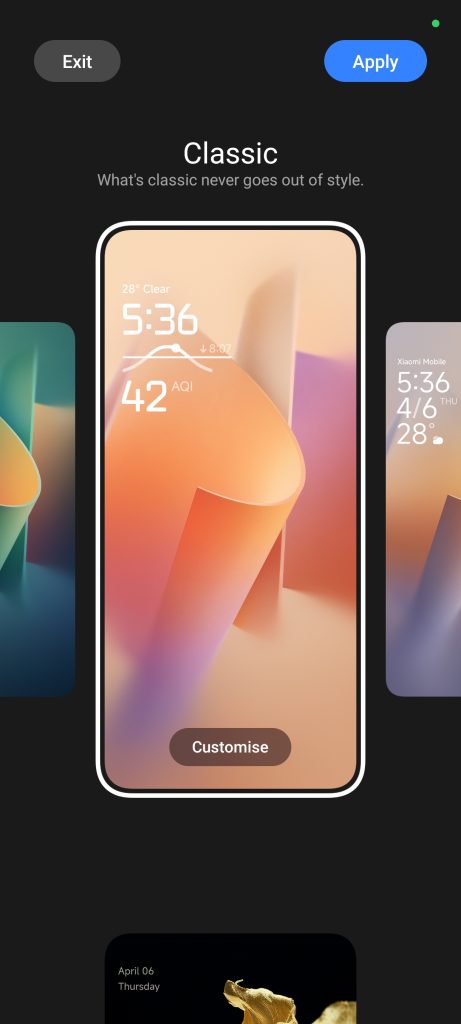

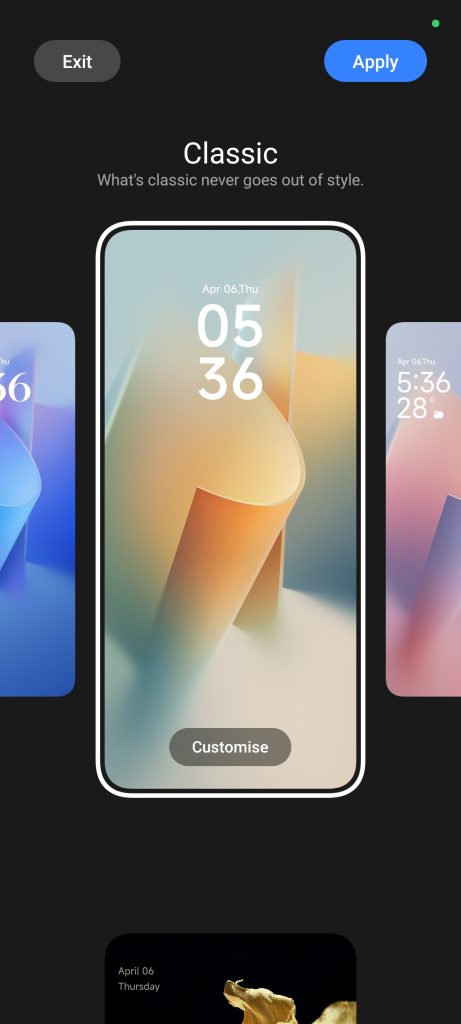


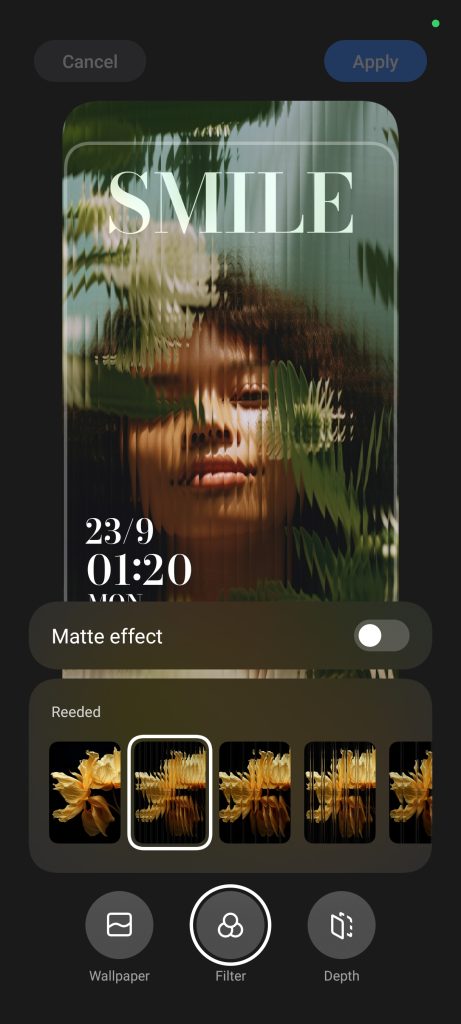


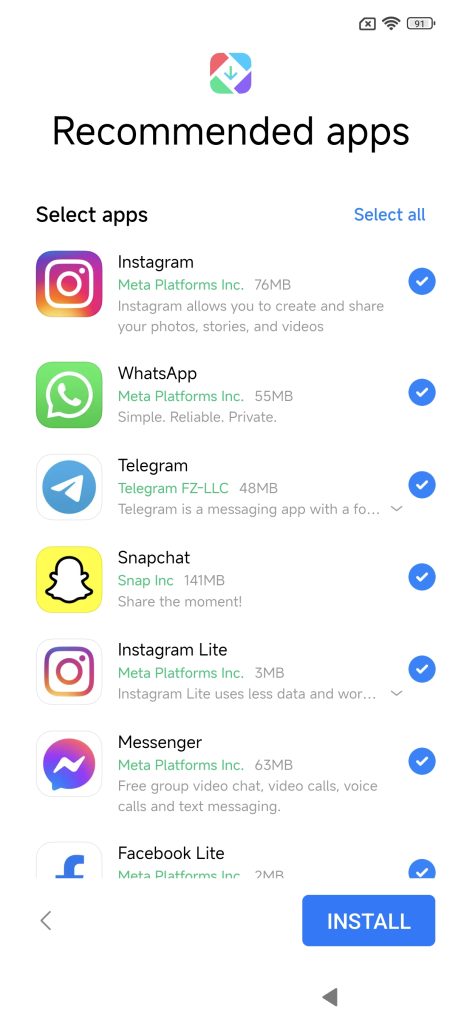



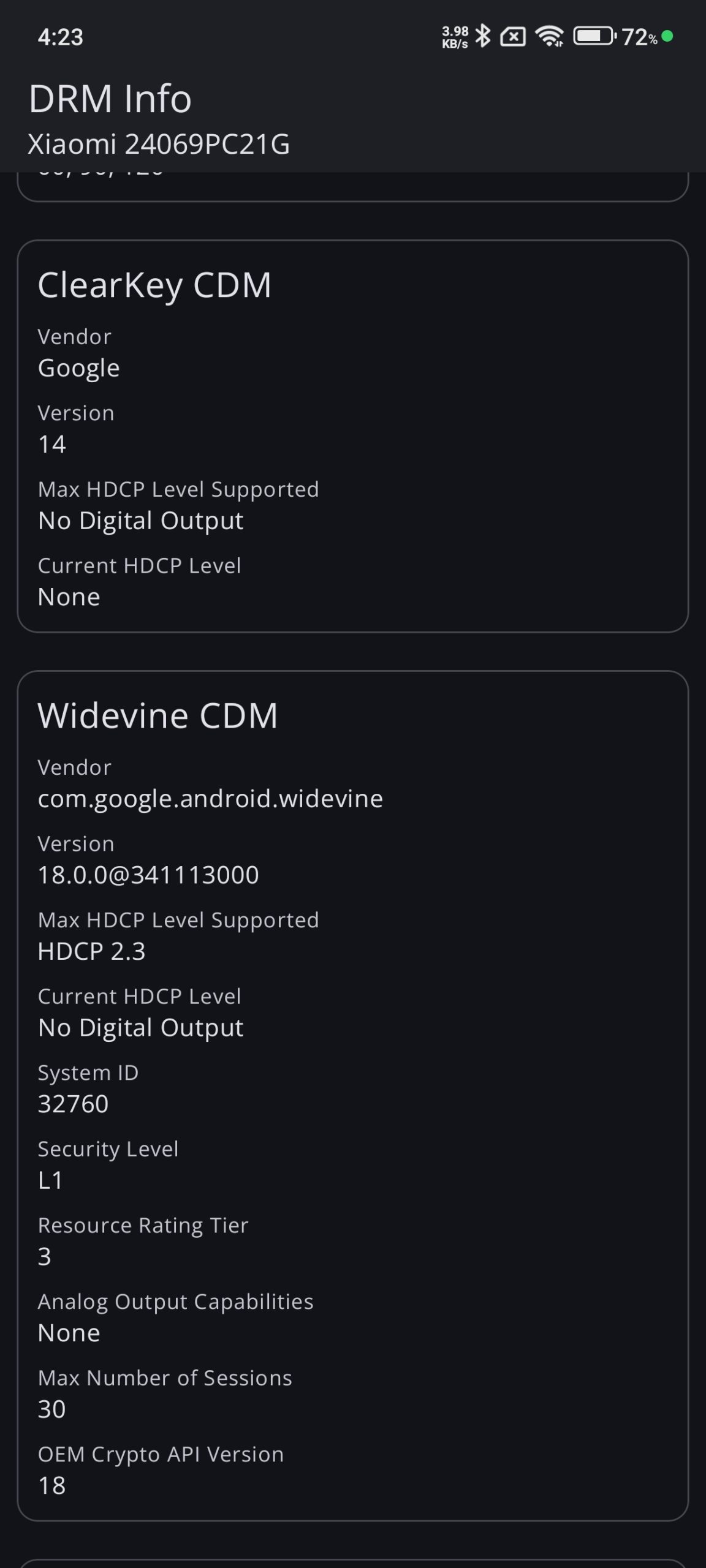


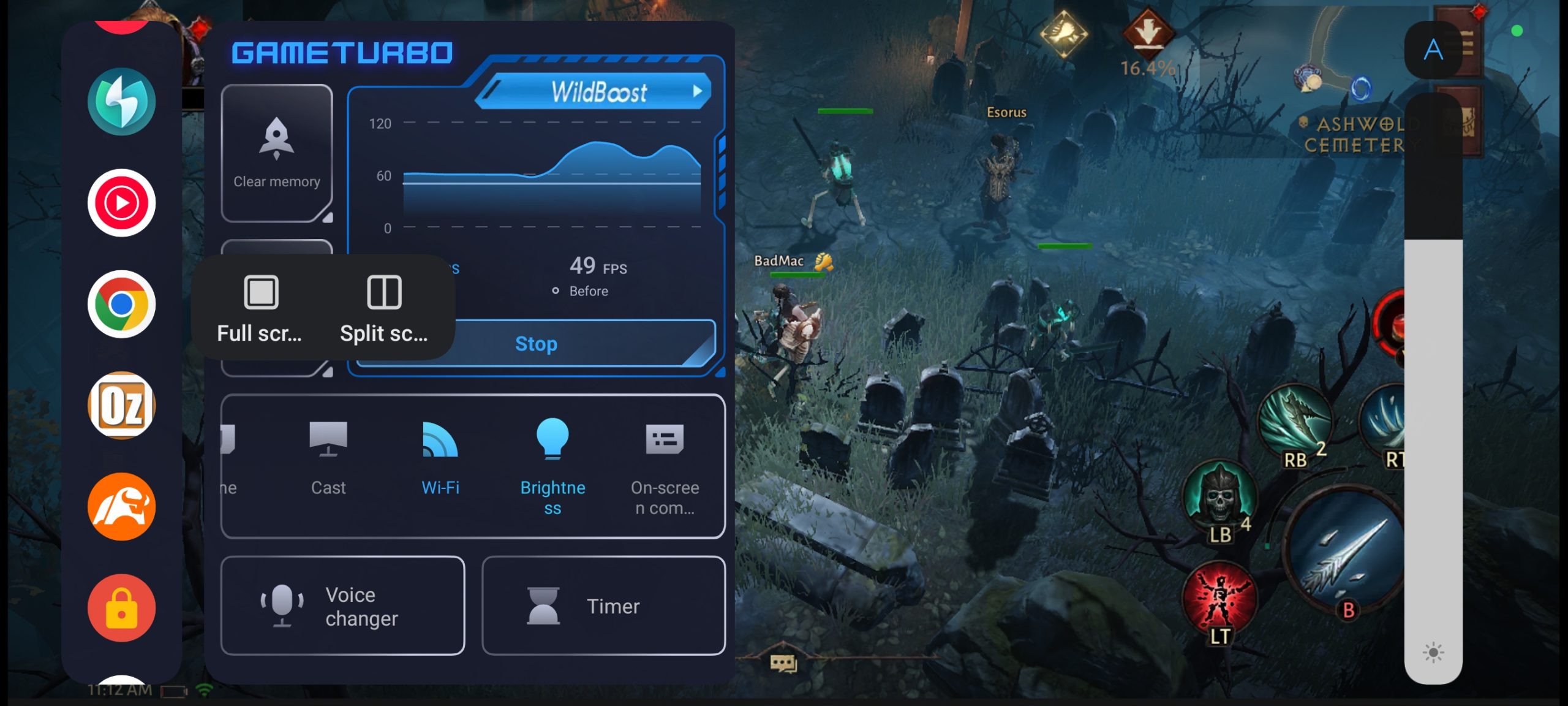
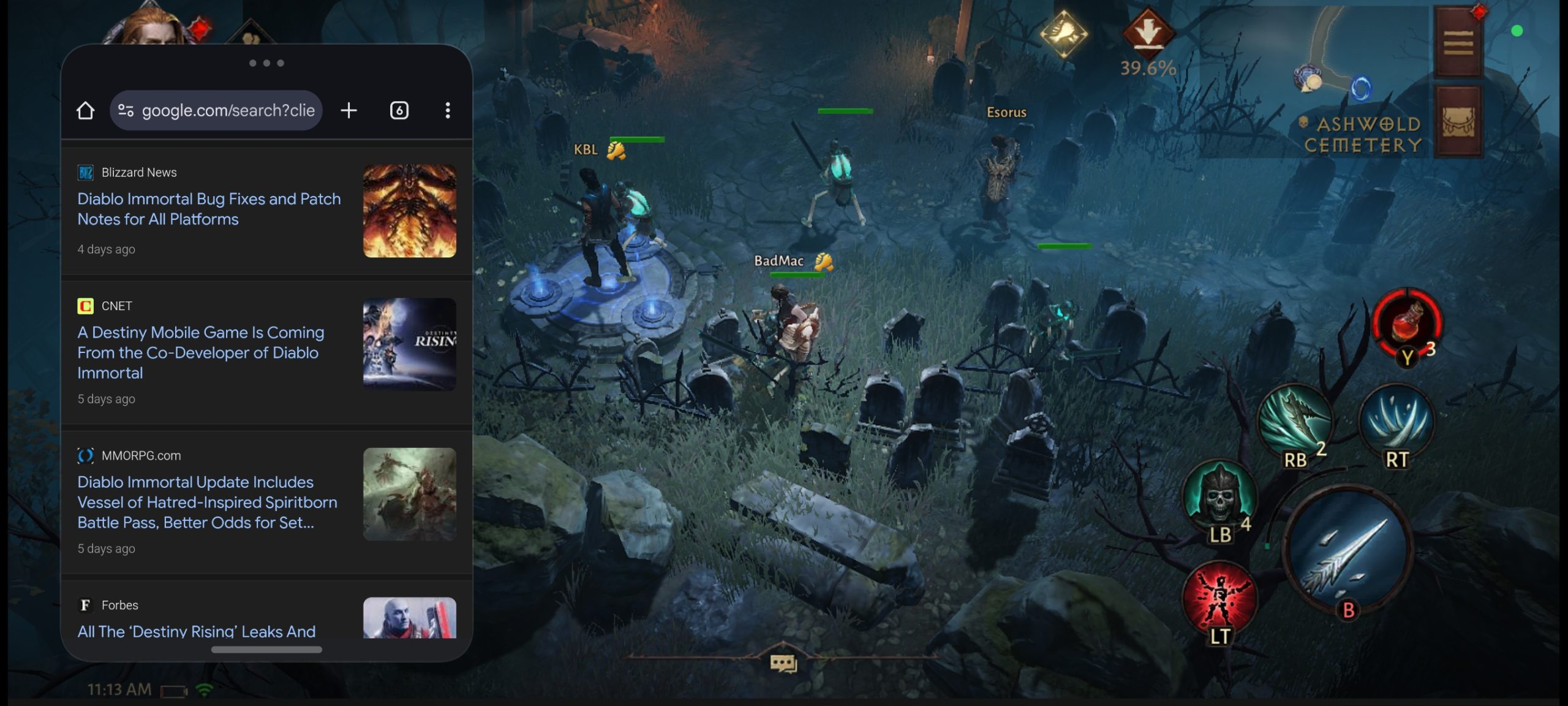























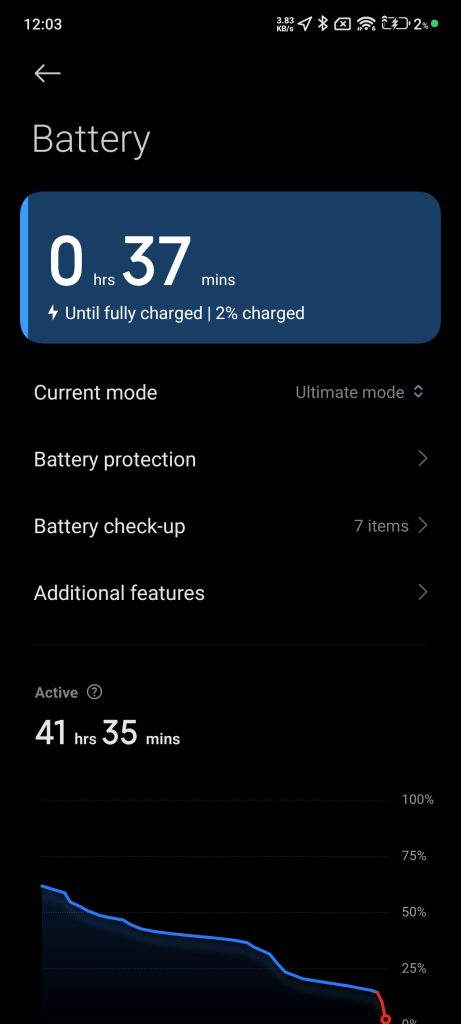
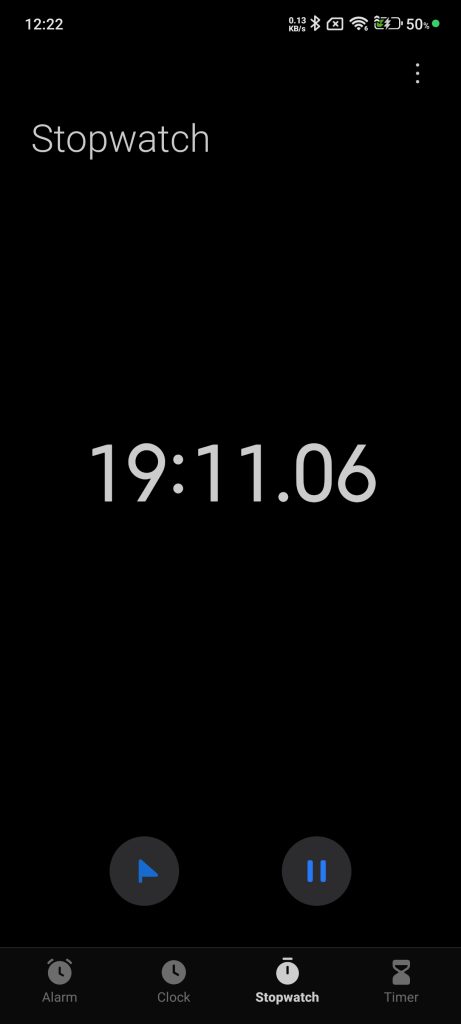

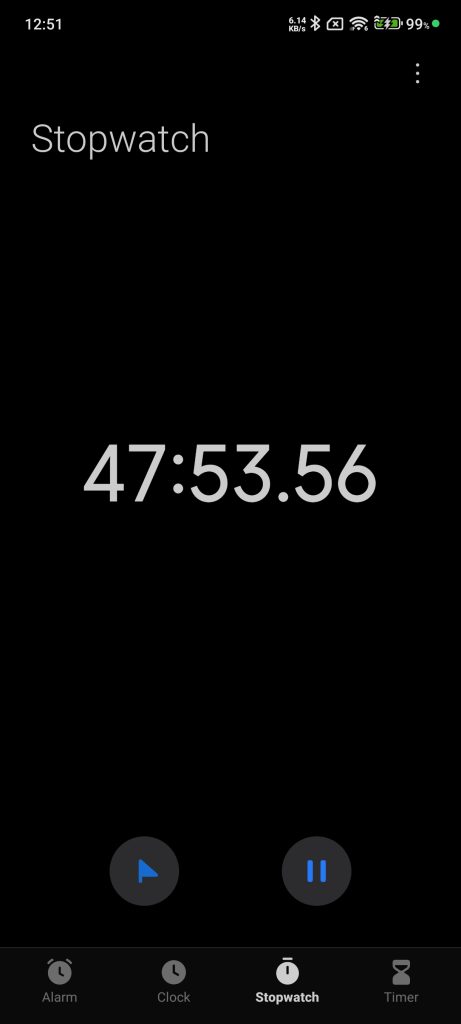





Great Review
The no esim counts the phone out. I travel OS and keep my Aussie esim (Amysim) installed for 2FA SMS and have a local SIM installed